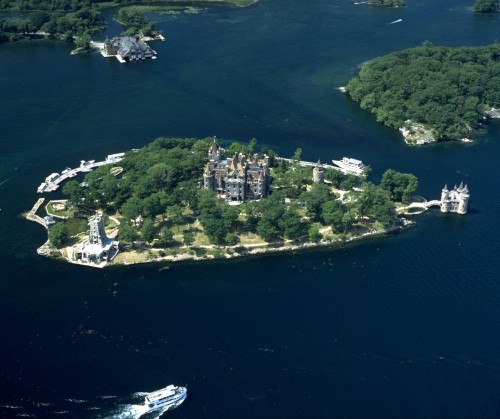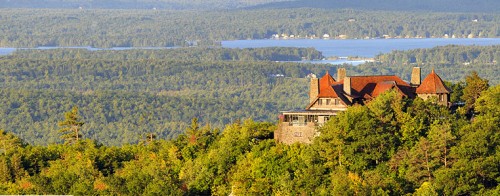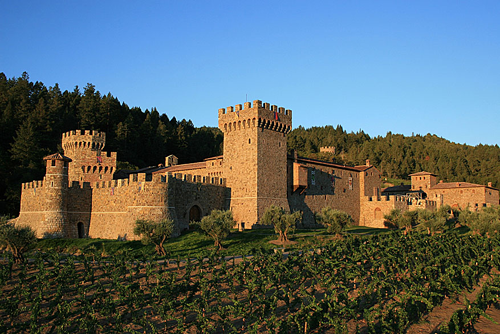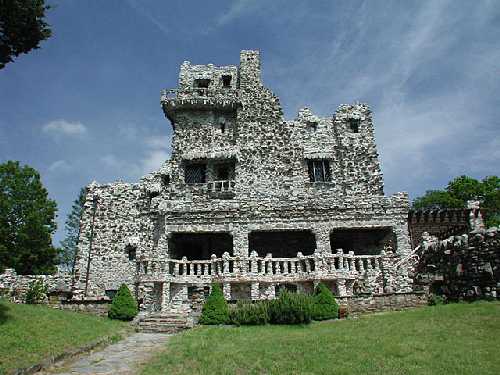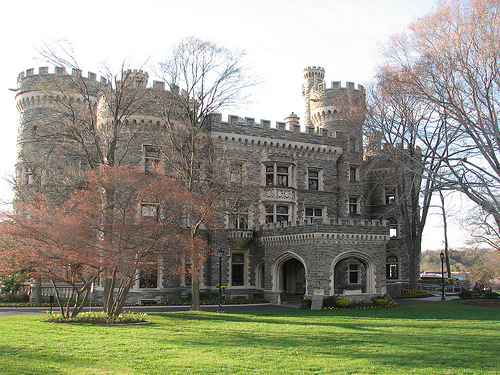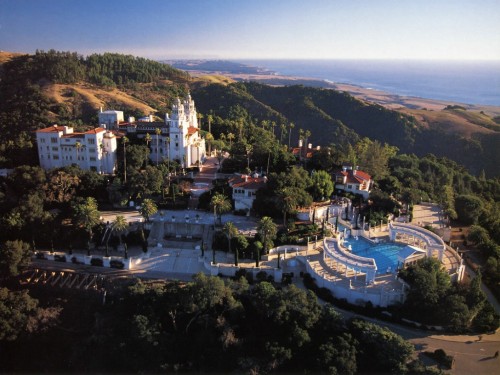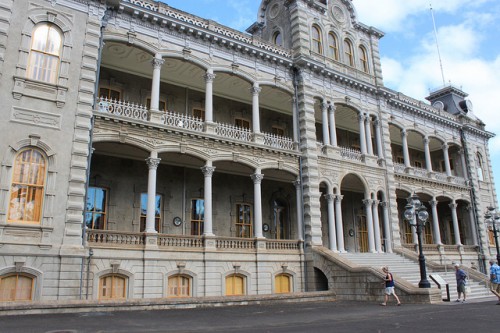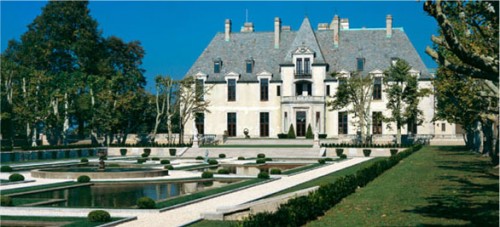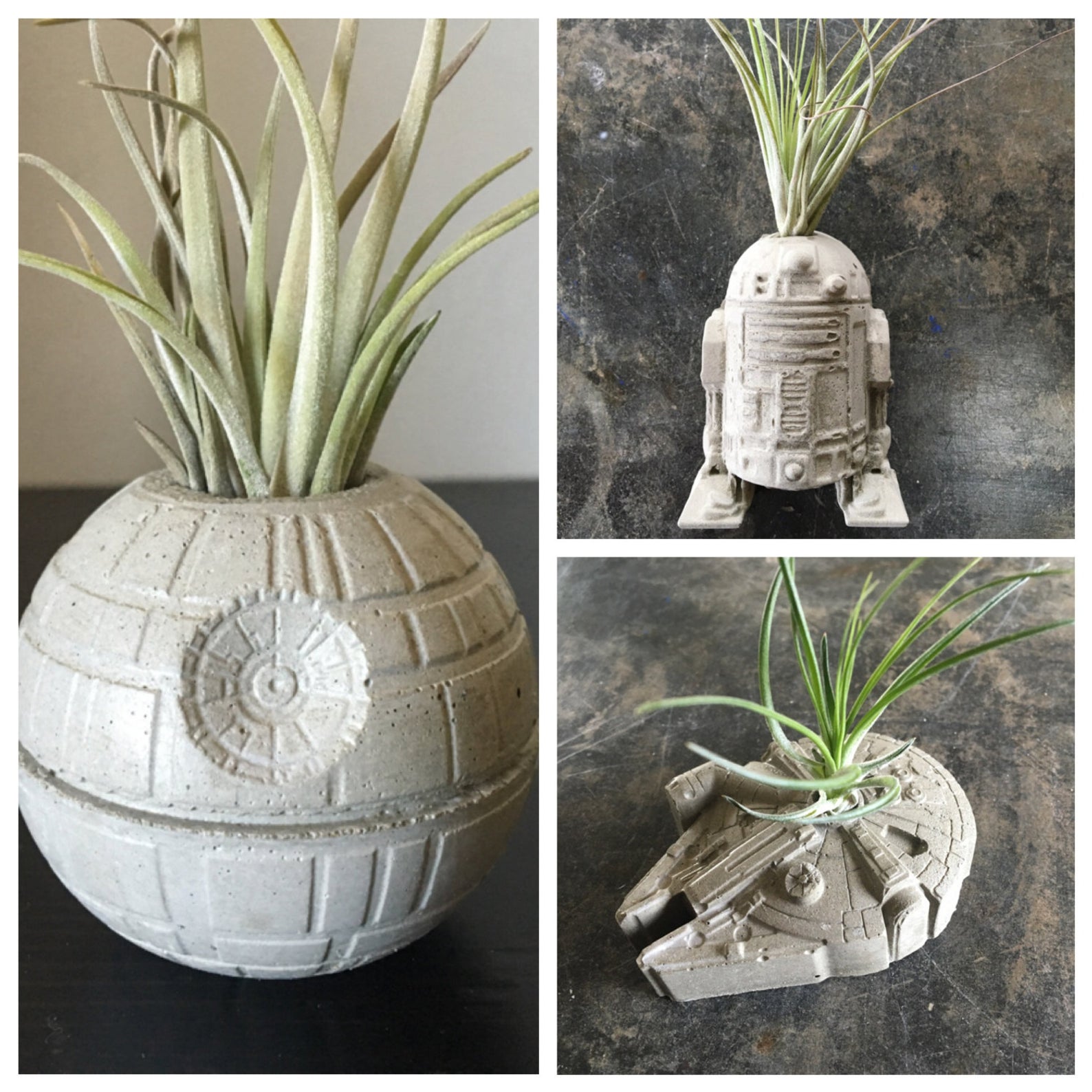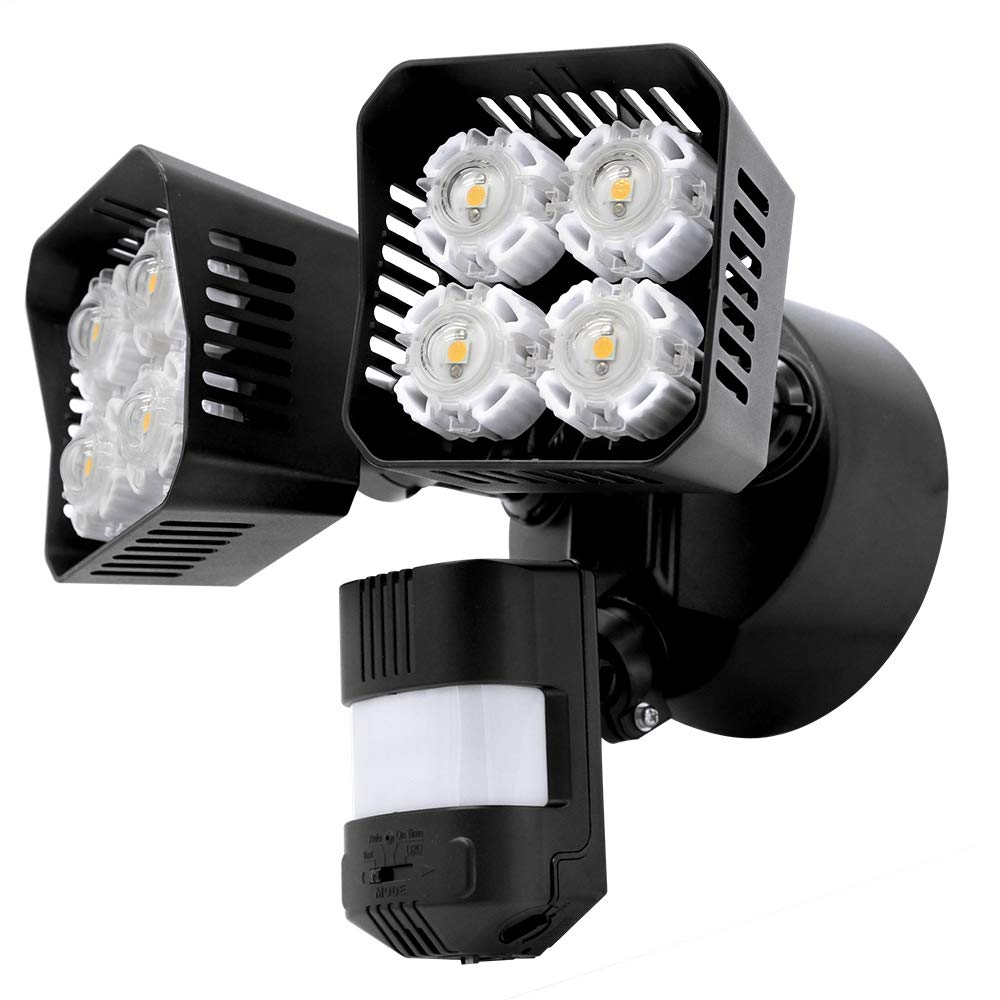When you think of castles, the first thing that pops to your head is probably medieval Britain. Maybe central Europe, maybe the Disneyland logo, but not actual houses, estates, hotels and museums in the United States, right?
They may not be as ancient and filled with old mystique as the ones in England, Scotland, Ireland, France, Germany and Italy, but there are plenty of castles and palaces across the United States, mostly built as megalomaniac projects of rich men, worthy a visit, or at least a read.
Bishop’s Palace
Built between 1893 and 1897, Bishop’s palace in Galveston, Texas, was originally known as Gresham’s castle, built for politician Walter Gresham. In 1923 the Roman Catholic Diocese of Galvestonpurchased the house. It served as the residence for Bishop Christopher E. Byrne. In 1963, it was opened to the public, and the Library of Congress has classified it as one of the fourteen most representative Victorian structures in the nation.
Boldt Castle
Located on Heart Island in the Thousand Islands of the Saint Lawrence River, it was originally a frame cottage from George Boldt and his family which they greatly expanded. The construction began in 1900 but ceased in 1904 after the death of Boldt’s wife, Louise Kehrer Boldt. In 1977 The Thousand Islands Bridge Authority acquired Heart Island for one dollar and turned the place into a major landmark and tourist attraction in its region.
Castle in the Clouds
Built in 1913 by Thomas Gustave Plant, a millionaire shoe manufactureror his second wife, Olive Cornelia Dewey, Lucknow is a 16-room mansion and 5,500-acre mountaintop estate in Moultonborough, New Hampshire owned by the Lakes Region Conservation Trust and operated by the Castle Preservation Society.
Castello di Amorosa
Rich people can afford these kind of pet projects. The castle isn’t medival, it’s actually quite modern, opening in 2007 after 14 years of construction as an added and valuable showpiece for the Dario Sattui vineyard near Calistoga, California. The castle has a moat, a drawbridge; defensive towers; an interior courtyard; a torture chamber; a chapel/church; a knights’ chamber; and a 72 by 30 feet (9.1 m) great hall with a 22-foot (6.7 m)-high coffered ceiling. The torture chamber has an authentic 300-year-old iron maiden which Sattui states he bought for $13,000 in Pienza, Italy.
Gillette Castle
Gillette Castle, also known as the Seventh Sister, sits in Connecticut, inside the Gillette Castle State Park. It was originally a private residence commissioned and designed by William Gillette, an American actor. After Gillette died, with no wife or children, his will precluded the possession of his castle by any “blithering sap-head who has no conception of where he is or with what surrounded”. Connecticut’s government took over the property in 1943. It is filled with a system of hidden mirrors for surveillance of the public rooms from the master bedroom.
Grey Towers Castle
A building on the campus of Arcadia university in Glenside, Pennsylvania, the castle was designed by Horace Trumbauer and built starting in 1893 as the estate of William Welsh Harrison. It actually held clastes until 1962, when the university moved all of its operations to the Glenside area. The castle is a registered National Historic Landmark, with many urban myths surrounding its history, like third-floor bathroom mirror that always cracks and the many secret passages behind fireplaces.
Hearst Castle
More of a mansion than an actual castle, Hearst castle was designed and built from 1919 to 1947 by Julia Morgan for William Randolph Hearst, who passed away in 1951. Since that time it has been maintained as a state historic park where the estate, and its considerable collection of art and antiques, is open for public tours. Despite its location far from any urban center, the site attracts about one million visitors per year.
?Iolani Palace
The only royal palace in the United States, ‘Iolani Palace in Honolulu was the official residence of two monarchs, King Kal?kaua and Queen Lili?uokalani. After the monarchy was overthrown in 1893, the building was used as the capitol building for the Provisional Government, Republic, Territory, and State of Hawai?i until 1969. The palace was restored and opened to the public as a museum in 1978.
Oheka Castle
Built by Otto Kahn, a financier and philanthropist, between 1914 and 1919, it remains the second largest private home n the United States, comprising 127 rooms and over 109,000 square feet. It is currently a historic hotel with 32 guestrooms and suites on the upper floors of the mansion, a popular wedding venue for socialites, celebrities, and dignitaries, and the backdrop to many photoshoots and Hollywood productions. The name Oheka is an acronym of its original owner’s name, Otto Hermann Kahn. It made its most recent notable appearance in a Hollywood film two years ago, featuring in the movie What Happens in Vegas, with stars Cameron Diaz and Ashton Kutcher.


